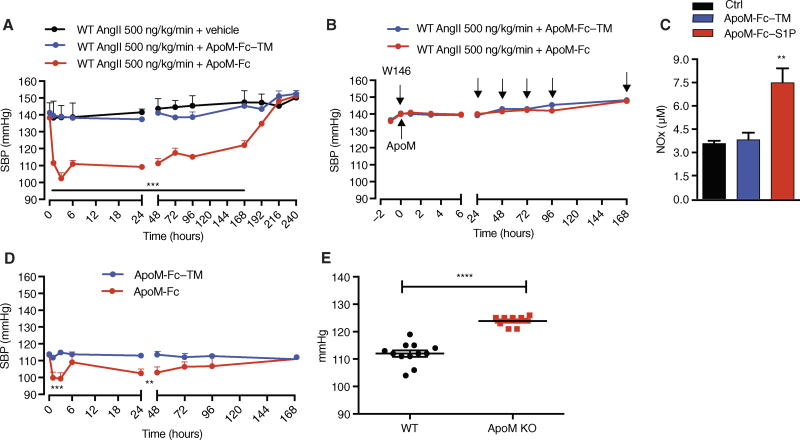Fig. 5. ApoM-Fc administration leads to a sustained antihypertensive effect in mice.
(A) Systolic blood pressure (SBP) was measured at the indicated times in AngII-treated WT mice administered with either vehicle (PBS) (n = 5 mice), ApoM-Fc (4 mg/kg) (n = 7 mice), or ApoM-Fc–TM (4 mg/kg) (n = 4 mice) by intraperitoneal injection. (B) AngII-treated mice were injected with either ApoM-Fc or ApoM-Fc–TM and the S1P1 antagonist W146 (10 mg/kg) every 24 hours (arrows) followed by measurement of SBP (n = 5 mice per treatment). (C) ApoM-Fc or ApoM-Fc–TM was administered to AngII-treated mice (N = 6 mice per treatment) for 72 hours, and plasma nitrite concentrations were measured as described. (D) SBP was measured in normotensive mice administered with either ApoM-Fc (4 mg/kg) (n = 6 mice) or ApoM-Fc–TM (4 mg/kg) (n = 4 mice) by intraperitoneal injection. (E) SBP was measured in WT (n = 12 mice) or Apom−/− (n = 11 mice) mice as described. All data are expressed as means ± SEM. **P < 0.01; ***P < 0.005; ****P < 0.001 compared to WT (A to D). Statistical significance was determined by two-way ANOVA followed by Bonferroni’s post hoc test or one-way ANOVA.

